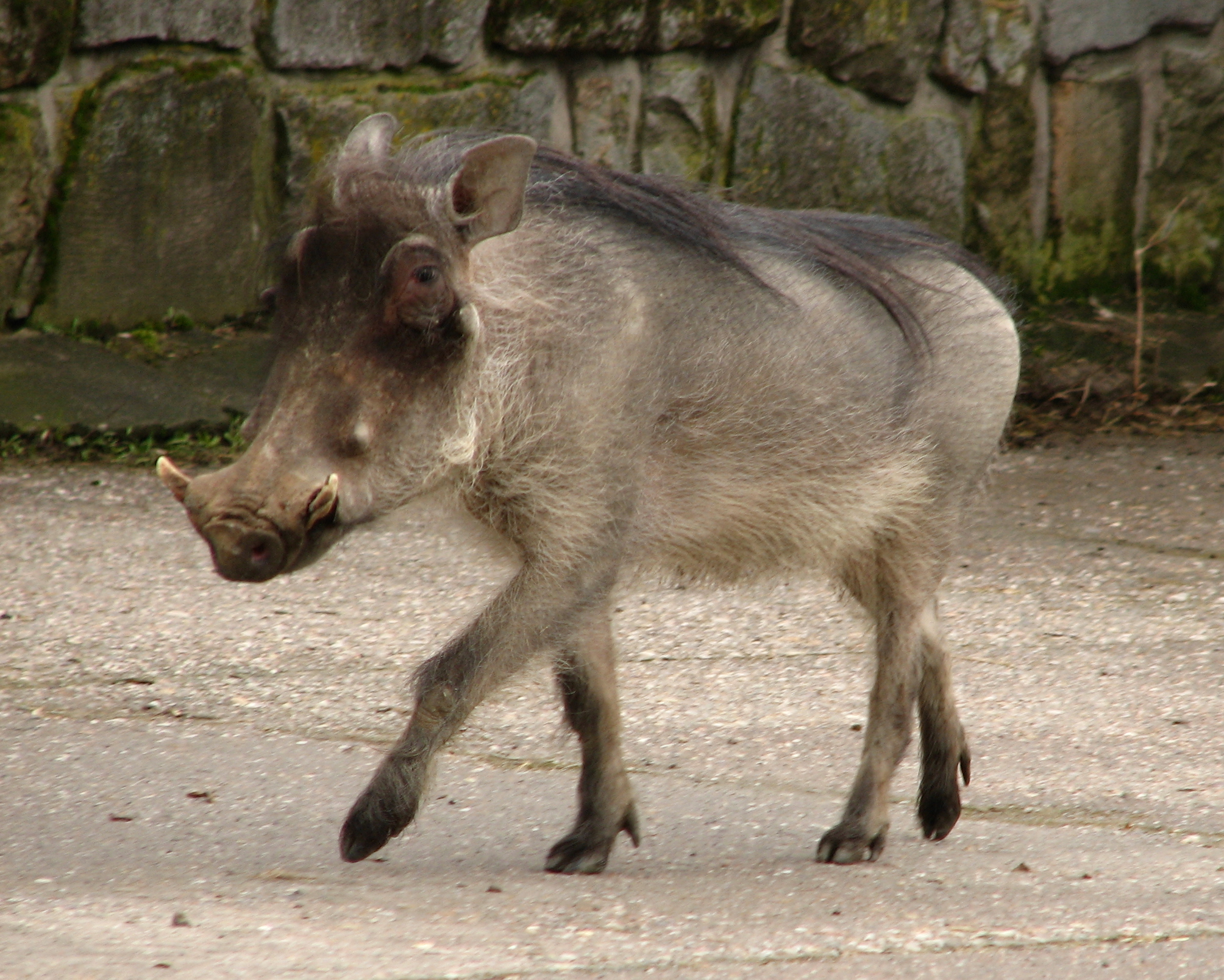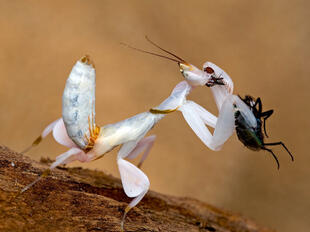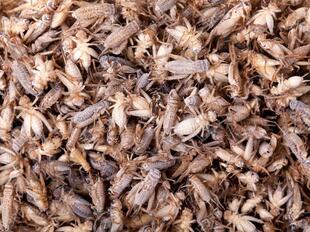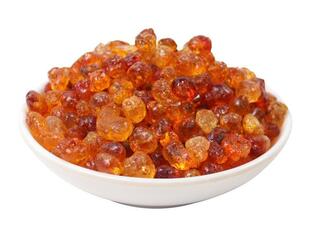
Common warthog(Phacochoerus africanus)
Phylum —chordata
Class — mammalia
Order — artiodactyla
Family —suidae
Genus – phacochoerus
Appearance
The common warthog is a medium-sized species, with a head-and-body length ranging from 0.9 to 1.5 metres, and shoulder height from 63.5 to 85 cm. Females, at 45 to 75 kilograms (99 to 165 pounds), are typically slightly smaller and lighter in weight than males, at 60 to 150 kg (130 to 330 lb).
Warthogs are identifiable by the two pairs of tusks protruding from the mouth and curving upwards. The tusks are not used for digging but are used for combat with other hogs, and in defense against predators. Common warthogs have a large head, with a mane down the spine to the middle of the back. Their body is covered with sparse hair and is usually black or brown in color. Tails are long and end with a tuft of hair.
Habitat
Common warthogs are found in sub-Saharan Africa.
Behavior
Common warthogs are social animals and live in groups called sounders. Females live in sounders with their young and with other females. Females tend to stay in their natal groups, while males leave, but stay within the home range. Subadult males associate in bachelor groups but live alone when they become adults. Adult males only join sounders during the breeding season. Common warthogs are not territorial but instead occupy a home range.
They have two facial glands: the tusk gland and the sebaceous gland. They mark sleeping and feeding areas and waterholes. Common warthogs use tusk marking for courtship, for antagonistic behaviors, and to establish status.
These animals are the only pig species that has adapted to grazing in savanna habitats. They are powerful diggers and use both their snouts and feet. Whilst feeding, they often bend their front feet backward and move around on the wrists.
Although they can dig their own burrows, they usually occupy abandoned burrows of other animals.
When temperatures are hight common warthogs enjoy wallowing in mud in order to cool themselves and will huddle together to get warm when the temperatures get low. Although capable of fighting, the common warthog's primary defense is to flee by means of fast sprinting. However, if a female has any piglets, she will defend them very aggressively.
Diet
Common warthogs are omnivorous but also scavengers. They feed on grasses, roots, berries, and other fruits, bark, fungi, insects, eggs, and carrion.
Reproduction
Common warthogs are polygynandrous (promiscuous), which means that both males and females have multiple mates. They are seasonal breeders and rutting begins in the late rainy or early dry season. Males have two mating strategies during the rut. First is the "staying tactic", when a male stays and defends certain females. In the "roaming tactic", males seek out ready to mate females and compete for them. A dominant male will displace any other male that also tries to court his female. When a female leaves her den, the male will try to demonstrate his dominance and then follow her.
When females are about to give birth, they temporarily leave their families to farrow in a separate hole. The gestation period is 5-6 months and the litter is 2-8 piglets, with 2-4 typical. The female will stay in the hole for several weeks, nursing her piglets. Common warthog females may also nurse foster piglets if they lose their own litter. This behavior is called allosucking and makes them cooperative breeders. Piglets begin grazing at about 2-3 weeks and are weaned by 6 months. Young quickly attain mobility and stay close to their mothers for defense. They become reproductively mature at 18-20 months of age.
In captivity
Warthogs may live as long as 18 years.
The animal needs a clean dry room with a temperature of 18-20°C. Any drafts should be excluded. Materials for construction do not play a special role. It is desirable to make the floor with a slope. The surface of the floor should be even. It is important that there is no underground space. If the floor is made of brick or concrete, then a wooden shield is placed in the place of the lair. The inner surface of the walls is also sheathed with boards to a height of 1 m.
The animal's lair is separated by a board placed on an edge. It is very desirable to have the paddock yard.
Despite the fact that warthogs, like all pigs, are omnivorous and tend to diversify their diet with fruits, roots and even animal food: eggs, carrion, insect larvae; they can not live without grass, which forms the basis of their diet.
 Russian
Russian
 English
English
























